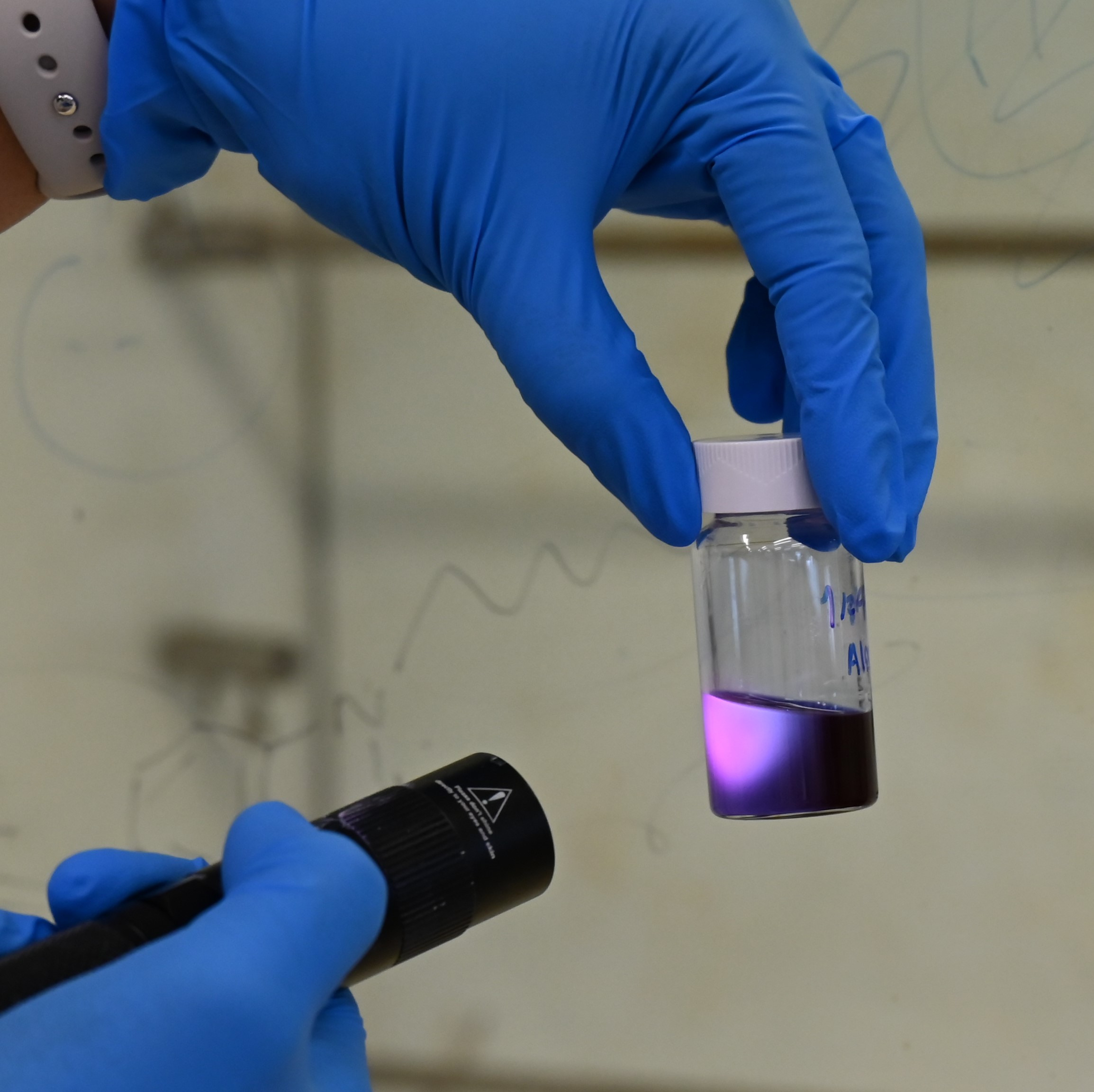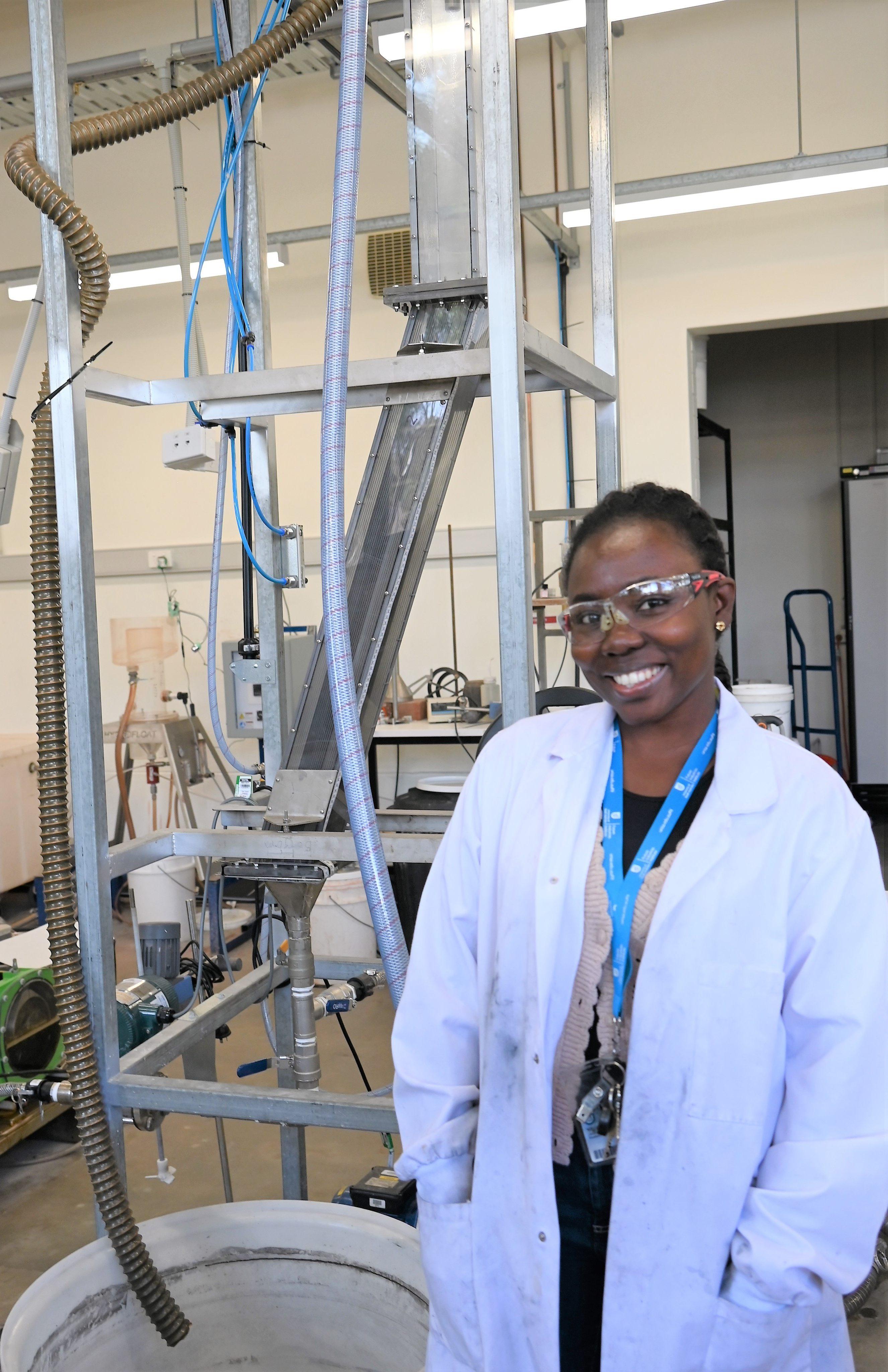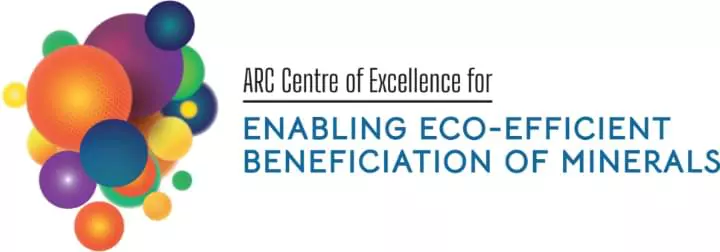Theme 2 Fine Particle Separation

Theme Leaders: Professor Chun-Xia Zhao and Professor Chris Aldrich
Research supporting Research Theme 2 is associated with developing rapid and efficient beneficiation technologies aimed at minimising the loss of high-value minerals, achieved through advancements in fine particle beneficiation to optimise resource recovery and product grade. This Theme will harness various new biomolecules and RAFT polymers (developed during the first half of the Centre) to selectively bind and separate fine particles through multiple pathways including froth flotation, and agglomeration. Additionally, novel systems are being developed to deliver reagents to particle surfaces, enabling precise control of their hydrophobicity for collection via flotation or ultrafast agglomeration.
Ultrafine metal oxides including cassiterite, alumina, manganese dioxide and hematite are very difficult to beneficiate and are therefore often discharged to tailings dams. The so-called ‘slimes’ increase the suspension viscosity, making both gravity separation and flotation problematic. These problems are currently intractable but will be addressed directly using combinations of new technologies developed by COEMinerals. New advances in gravity separation utilising the Graviton to remove the ultrafine slimes, and changes to the REFLUX® Classifier (RC™) are providing solutions to these challenges. This work is likely to advance to the validation stage on mine sites from 2024.
The innovative agglomeration technology XtractOre™ will be further refined to enhance the recovery and concentration of fine particles. Fundamental inquiries into the agglomeration process, such as understanding the permeability of oil films and strategies to minimise oil consumption, are being investigated.

Multiphase Discrete Element Method (DEM) coupled with Computational Fluid Dynamics (CFD) models will be developed to study fine particle aggregation, providing valuable insights into mechanisms, and guiding the development of improved aggregation reagents. Moreover, new computational tools, combined with artificial intelligence and machine learning techniques, are leveraged to expedite the design of novel polymer and biomolecule-based reagents for fine particle separation. Through these concerted efforts, Research Theme 2 aims to revolutionise the field of fine particle separation, paving the way for more efficient and sustainable mineral processing practices.

